[A brand of adventure] Citroën Cruises: a legend in motion.
- Jérémy

- Aug 11
- 4 min read

Undeniably, André Citroën was not just a visionary industrialist; he was a master of communication. Following the immense media and technical success of the Black Expedition, which saw his half-tracks cross the African continent from October 1924 to June 1925, it was clear that the adventure had only just begun. This first journey had proven to the world the robustness and reliability of Citroën vehicles, capable of overcoming the most hostile terrains. Buoyed by this triumph, André Citroën quickly sought to push new boundaries, giving rise to two other major expeditions: one that would mark history with its scale, and another, more confidential and with a mixed fate, that remains largely unknown to the general public today.
The Yellow Expedition: on the silk road
Following the African conquest, Citroën turned its attention to an even more colossal challenge: Asia. The Yellow Expedition, launched in April 1931, aimed to connect Beirut to Beijing, retracing Marco Polo's steps across the Asian continent. This mission was far more than a simple automotive raid; it was a genuine scientific, geographical, and human endeavor. To carry out this journey of over 12,000 kilometers (approx. 7,500 miles), two groups were formed. The first, named "Pamir" and led by Georges-Félix Haardt and Louis Audouin-Dubreuil, the heroes of the Black Expedition, set off from Beirut with Citroën C6F half-tracks. The second group, "China," departed from Tianjin with C4F models, tasked with meeting them en route.
The adventure was fraught with Herculean challenges. Crossing the Himalayas, with passes reaching altitudes of over 4,000 meters, pushed both men and machines to their absolute limits, forcing the crews to dismantle and reassemble the vehicles to navigate the steepest passages. Added to this were geopolitical tensions in China, which compelled the expedition to alter its route. Despite these obstacles, the successful rendezvous of the two groups and their arrival in Beijing on February 12, 1932, were celebrated as a monumental achievement. The mission was a success, once again demonstrating the technical superiority of the Kégresse half-tracks. However, the epic journey was marred by tragedy with the death of its leader, Georges-Félix Haardt, who succumbed to pneumonia on the return journey, adding a poignant chapter to this historic adventure.
The White Expedition: the lesser-known adventure in the great white north
While the Yellow Expedition received extensive media coverage, the White Expedition remains Citroën's most obscure journey. Organized in 1934, it targeted the North American continent, with the goal of traversing the Canadian Rockies to Alaska. The objective was to test the resilience of the new P17 half-tracks in extreme cold conditions and to promote the brand in this new market. The expedition was led by Charles Bedaux, a wealthy French-American industrialist whose authoritarian personality and management methods would complicate the venture. The convoy, which departed from Edmonton in July 1934, quickly encountered a wild and unforgiving landscape. Muskeg bogs, dense forests, and swollen rivers made progress incredibly slow and arduous.
Unlike previous expeditions, the White Expedition suffered from negative publicity. Conflicts arose between Bedaux and his team members, as well as with the journalists covering the event. Faced with natural obstacles deemed insurmountable and increasingly skeptical public opinion, the expedition was ultimately abandoned before reaching its destination. The vehicles, too difficult to retrieve, were left behind, where some of their remnants can still be found today. Although often viewed as a failure, this adventure provided valuable technical data on vehicle performance in hostile environments. It stands as a testament to an ambition that, in this instance, met the limits of what was possible.
A legacy of audacity that still inspires today
The pioneering spirit of the Citroën Expeditions did not vanish with the end of the 1930s. Nearly a century later, this legacy continues to inspire modern adventurers and the brand itself. To celebrate the centenary of the first Sahara crossing, explorer Eric Vigouroux embarked on a challenge in 2022 that was both familiar and resolutely modern: crossing the African continent, not in a half-track, but at the wheel of a Citroën Ami. This all-electric micro-car, designed for urban commuting, proved that it too could tackle rugged tracks and long distances. This "Ami-Mazing" raid demonstrated that Citroën's spirit of adventure and innovation is more alive than ever, adapting to the contemporary challenges of sustainable mobility. It proved that the robustness and reliability dear to André Citroën could now be embodied in an accessible electric vehicle, once again challenging preconceived notions.
In conclusion, the great Citroën expeditions were far more than mere communication campaigns. Including the initial Sahara crossing that preceded the Black Expedition, a total of four major raids were conducted, resulting in three resounding successes and one relative but instructive failure. These adventures undeniably allowed Citroën to build its legend by proving the reliability of its automobiles to the world under the most extreme conditions. They embodied a humanistic vision of connecting peoples and making the world more accessible. Most importantly, they forged the DNA of a brand that, even today, constantly reinvents itself, disrupts conventions, and demonstrates that innovation and audacity are the most powerful engines for shaping the future of the automobile.


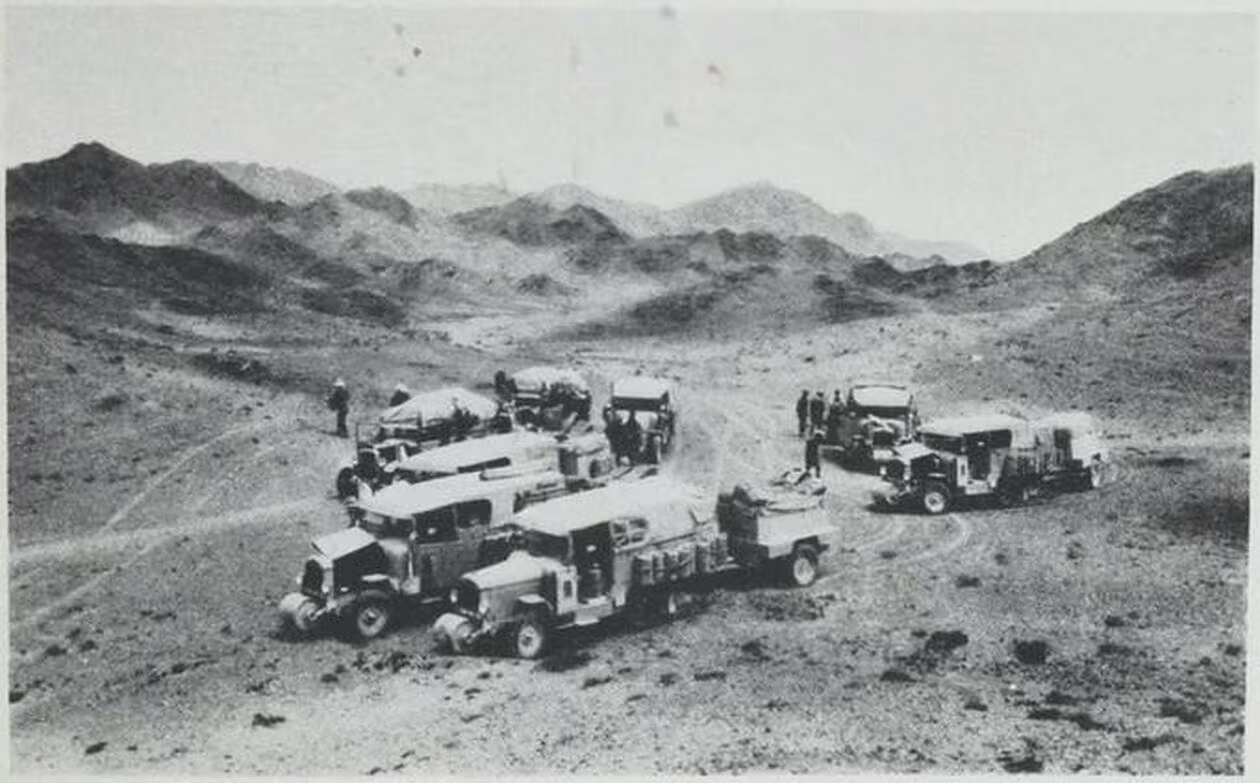
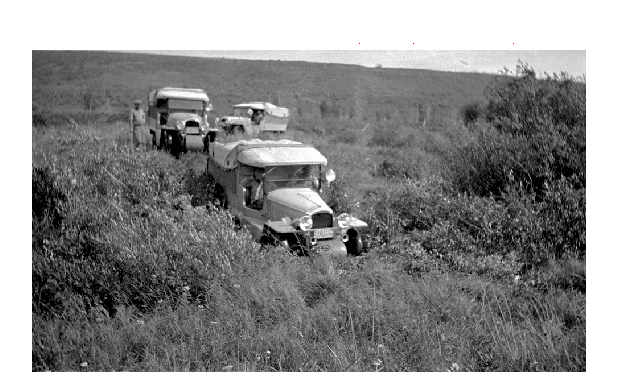
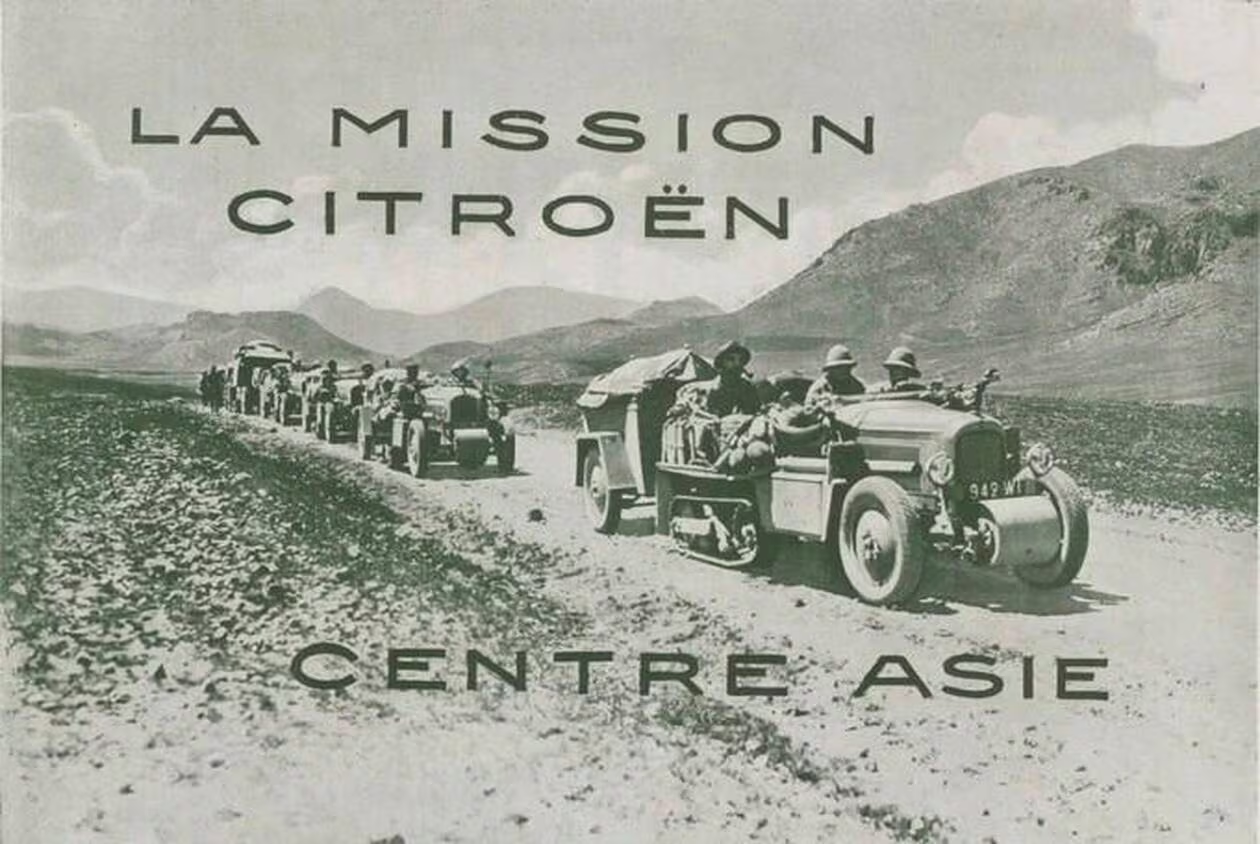
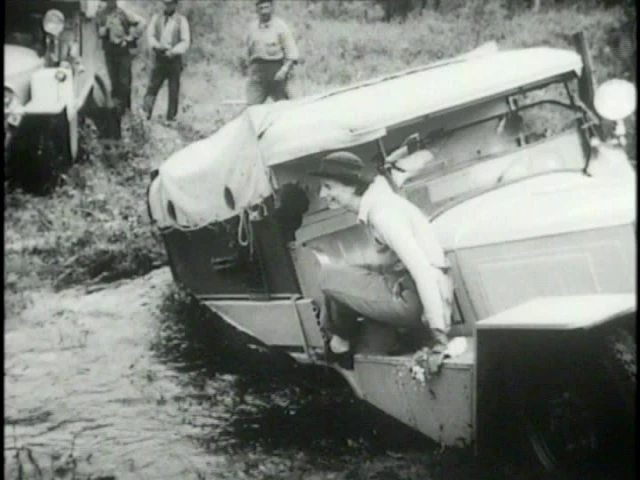





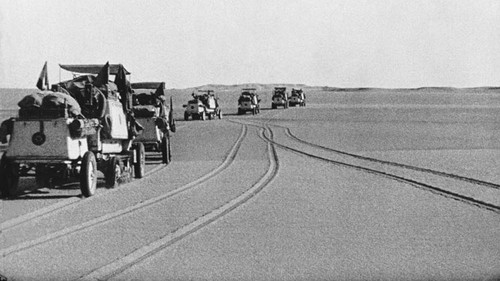

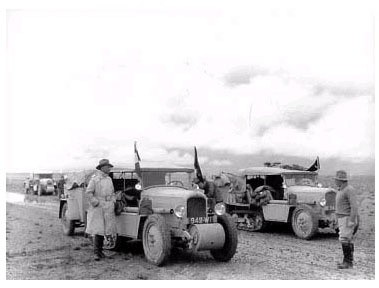




Comments